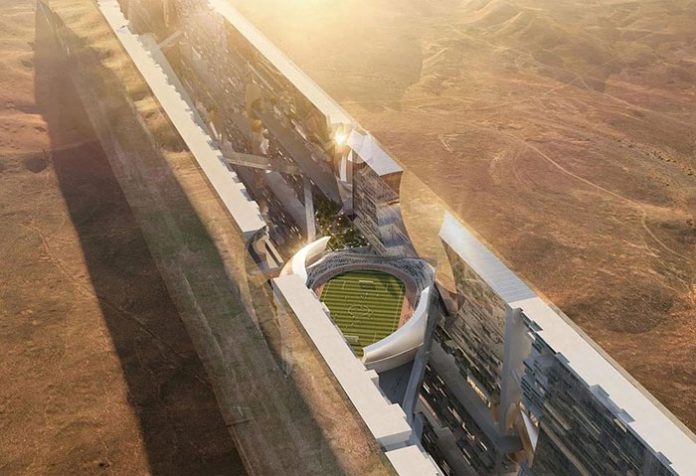Picture a housing endeavor characterized by its futuristic aesthetics and ambitious proportions, reminiscent of a scene straight out of a dystopian science fiction narrative, all with a price tag in the billions. You no longer need to rely on imagination alone; the latest footage of Saudi Arabia’s “The Line” allows you to immerse yourself in its midst.
This trillion-dollar mega-city, currently in development in Saudi Arabia, is showcased in recent photographs displaying its remarkable progress—a feat of modern infrastructure that some may view as a colossal marvel.
Initially met with skepticism as being “almost impossible,” the project involves the construction of a vast mirrored skyscraper seemingly laid horizontally in the desert. Scheduled for completion by 2030, “The Line” represents a monumental endeavor pushing the boundaries of architectural ambition.
Fresh aerial footage offers a glimpse into the progress of Saudi Arabia’s ambitious mega-city project, “The Line.”
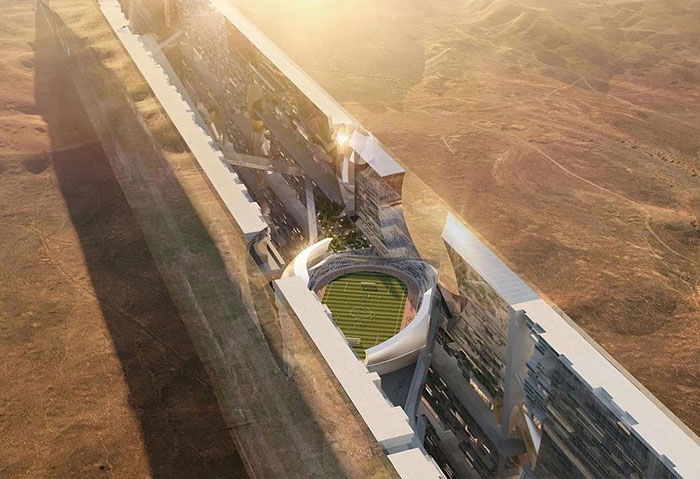
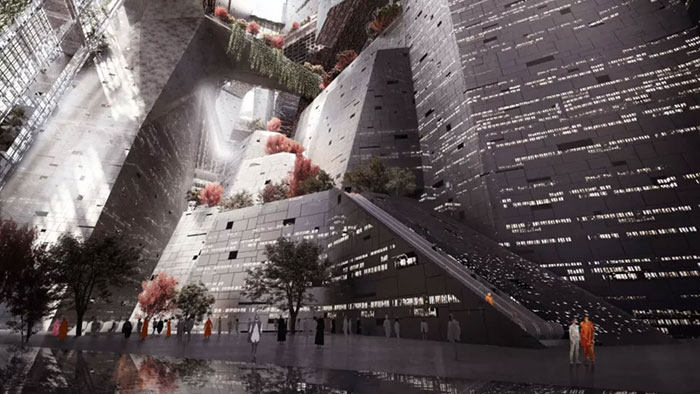
“The Line” reportedly encountered various challenges, including initiating its construction. However, after years of problem-solving and a staggering $1 trillion investment, significant progress is now evident, as reported by Unilad.
Recently, Giles Pendleton, the chief operating officer for The Line, shared breathtaking images of the project on his LinkedIn page. He captioned the post: “How to answer the naysayers about the incredible work being done in NEOM?”
NEOM, situated in the Tabuk Province of northwestern Saudi Arabia, is a planned cross-border city. It is a pivotal component of the Saudi Vision 2030 initiative, which aims to diversify the economy and reduce the nation’s reliance on oil. The Line project is encompassed within the NEOM development.
Saudi Arabia is presently constructing a mega-city with a budget of $1 trillion.
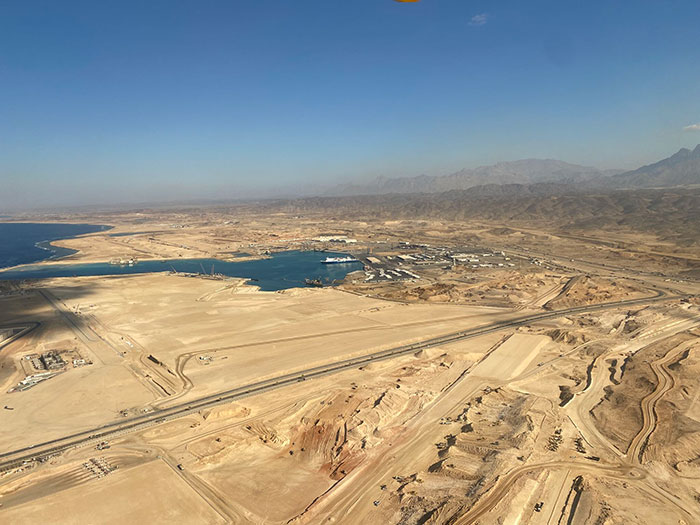
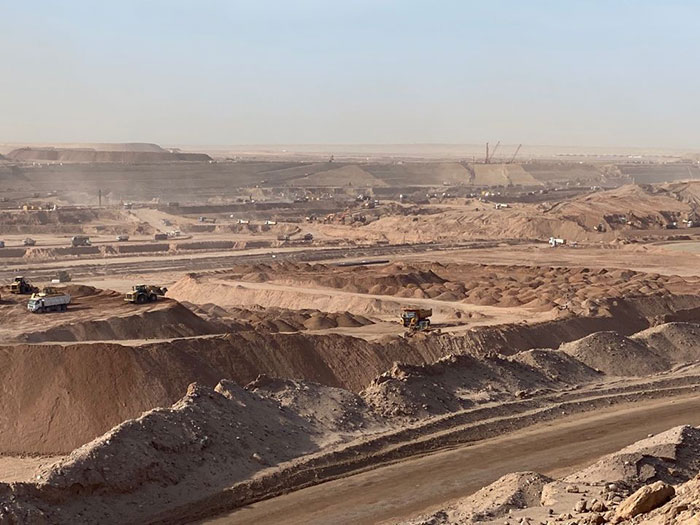
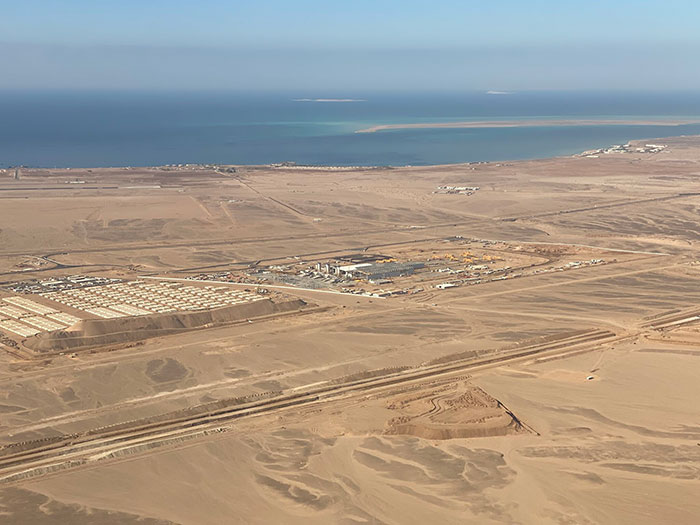
Giles further emphasized, “Present a comprehensive view of the world’s largest construction site, spanning from mountainous terrain to coastal shores. Witness extensive excavations along The Line, envision the evolution of island resorts on Sindalah, and glimpse the innovative future of ports and logistics at Oxagon.”
Undoubtedly, the images are striking, offering aerial perspectives of expansive deserts, tranquil seas, and architectural schematics.
The completion of the project is scheduled for 2030.
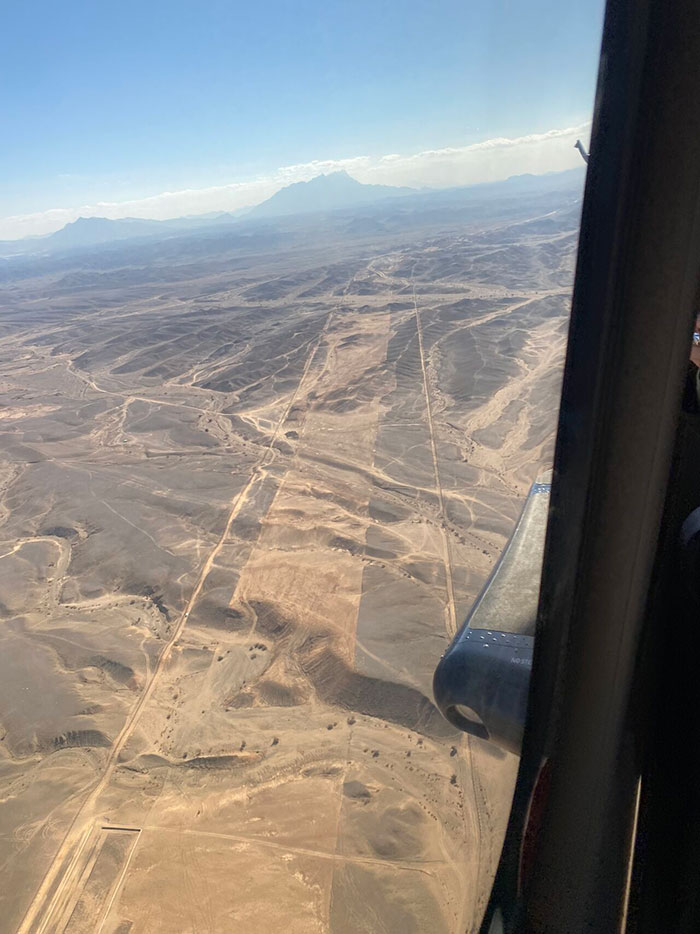
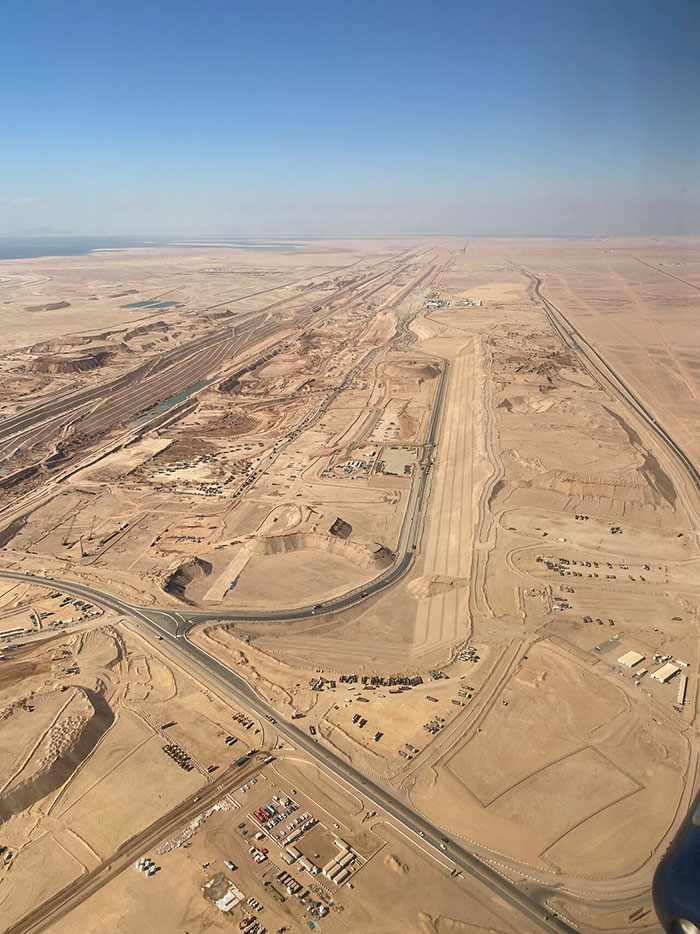
According to NEOM’s official website, “The Line” is described as a cognitive city extending 170 kilometers from NEOM’s mountainous regions, traversing desert valleys, and reaching the shores of the Red Sea. Additionally, it features mirrored architecture towering 500 meters above sea level, yet maintaining a space-efficient width of 200 meters.
Distinctively, “The Line” is designed to eschew conventional roads and cars, instead relying entirely on renewable energy sources. Furthermore, a remarkable 95% of the land will be dedicated to preservation for nature, emphasizing the prioritization of people’s health and well-being over conventional transportation and infrastructure, as highlighted on the website.
“The Line” is described as a cognitive city extending over 170 kilometers, spanning from NEOM’s mountainous regions, traversing desert valleys, and reaching all the way to the Red Sea.
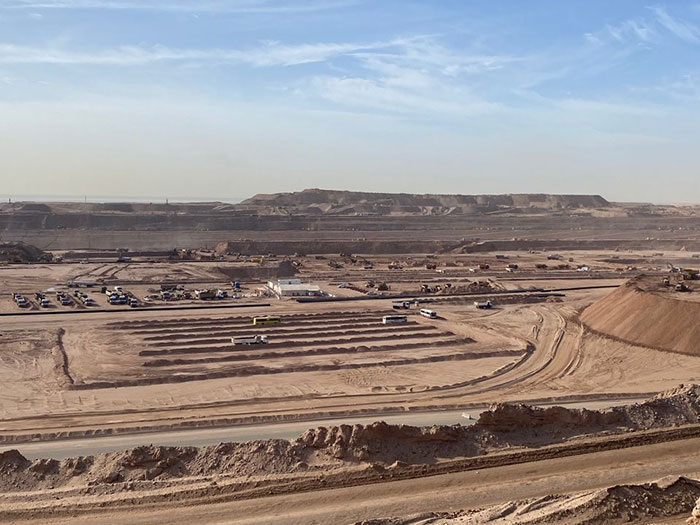
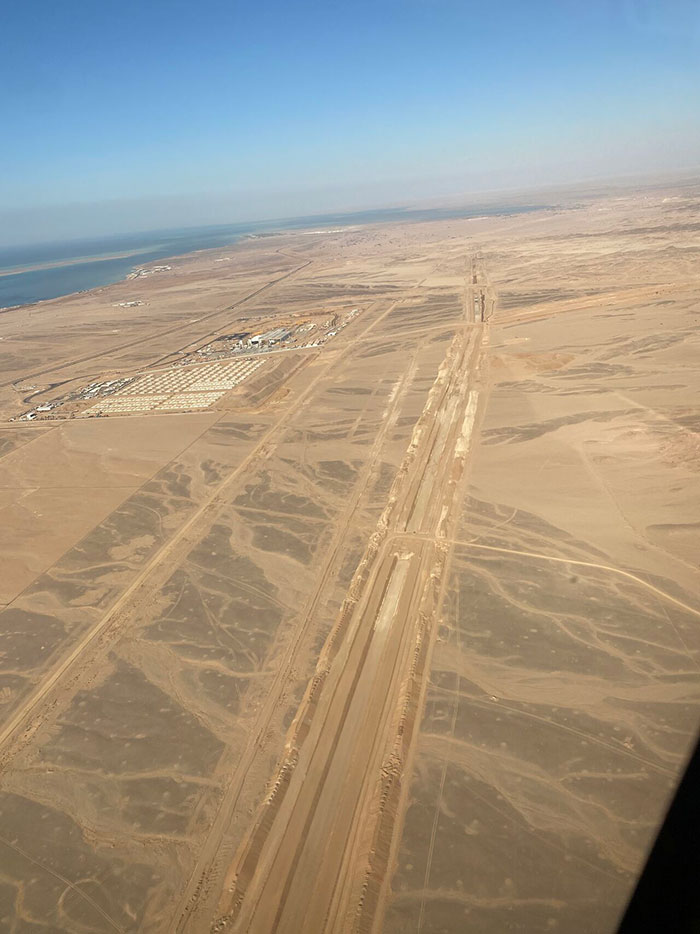
“The Line” is projected to accommodate 9 million individuals and will be constructed on a mere 34 square kilometers of land, as stated on the website. This compact footprint will lead to unprecedented efficiencies in city operations by minimizing the infrastructure required.
Moreover, the consistently favorable climate year-round will enable residents to fully appreciate the surrounding natural environment. Residents will also benefit from the convenience of having all daily necessities within a five-minute walking distance, supplemented by a high-speed rail system that offers an end-to-end transit time of just 20 minutes.
